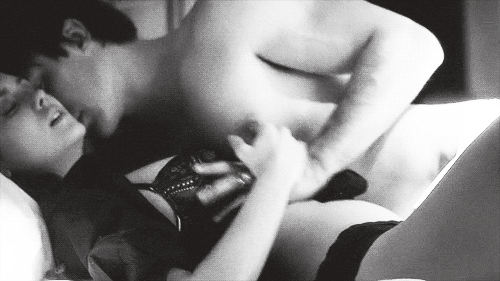The photos below were taken about 10 years ago. The first is at a restaurant near Torrance, California. (As you can see, the restaurant was about to close; we were the last customers.) I am standing next to Royce Grace, who had by then become a sensation (). He became a sensation by easily defeating nearly every champion fighter that was placed in front of him. In case you are wondering, Royce is 6’1” and I am 5’8”. The second photo also has Royce’s manager in it – that is his wife. Their children’s names both start with the letter “K”. I wonder how big they are right now.
I think that at the time these photos were taken I weighed around 200-210 lbs. Even though I am much shorter than Royce, I outweighed him by around 40 lbs. Now I weigh 150 lbs, at about 11 percent body fat, and look like the photo on the top-right area of this blog - essentially like a thin guy who does some manual labor for a living, I guess. A post is available discussing the "how" part of this transformation (). I only put a shirtless photo here after several readers told me that my previous photo looked out of place in this blog.
My day job is not even remotely related to fitness instruction. I am a college professor, and like to think of myself as a scholar. I don’t care much about my personal appearance; never did. At least in my mind, putting up shirtless photos on the web should not be done gratuitously. If you are a fitness instructor, or an athlete, that is fine. In my case, it is acceptable in the context of telling people that a few minutes of mid-day sun exposure, avoiding sunburn, yields 10,000 IU of skin-produced vitamin D, which is about 20 times more than one can get through most "fortified" industrial foods.
Royce is such a nice guy that, after much insistence, he paid for the dinner, and then we drove to his house and talked until about midnight. He had told me of a flight the next morning to Chicago, so I ended the interview and thanked him for the wonderful time we had spent together. I had to talk him out of driving ahead of me to I-405; he wanted to make sure I was not going to get lost at that time of the night. This was someone who was considered a demigod at the time in some circles. A humble, wonderful person.
Royce helped launch what is today the mega-successful Ultimate Fighting Championship franchise (), which was then still a no holders barred mixed martial arts tournament. At the time the photos were taken I was interviewing him for my book Compensatory Adaptation, which came out in print soon after (). The book has a full chapter on the famous Gracie Family, including his father Helio and his brother Rickson.
I talked before about the notion of compensatory adaptation and how it applies to our understanding of how we respond to diet and lifestyle changes (). In this context, I believe that the compensatory adaptation notion is far superior to that of hormesis (), which I think is interesting but overused and overrated.
The notion of compensatory adaptation has been picked up in the field of information systems, my main field of academic research. In this field, which deals with how people respond to technologies, it is part of a broader theory called media naturalness theory (). There are already several people who have received doctorates by testing this theory from novel angles. There are also several people today who call themselves experts in compensatory adaptation and media naturalness theory.
The above creates an odd situation, and something funny that happened with me a few times already. I do some new empirical research on compensatory adaptation, looking at it from a new angle, write an academic paper about it (often with one or more co-authors who helped me collect empirical data), and submit it to a selective refereed journal. Then an "expert" reviewer, who does not know who the authors of the paper are (this is called a "blind" review), recommends rejection of the paper because “the authors of this paper clearly do not understand the notion of compensatory adaptation”. Sometimes something like this is added: “the authors should read the literature on compensatory adaptation more carefully, particularly Kock (2004)” - an article that has a good number of citations to it ().
Oh well, the beauty of the academic refereeing process …
 :.
:.



Tidak ada komentar:
Posting Komentar